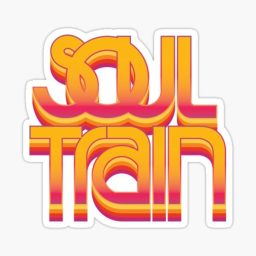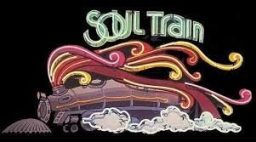About Don Cornelius and Soul Train





Soul Train - History
The birth of Soul Train
From its local beginnings, “Soul Train” quickly attracted prominent musical acts such as Gladys Knight and The O’Jays. In 1971, “Soul Train” moved from the Chicago TV station WCIU-TV to Los Angeles, where it was broadcast nationally for the first time. Cornelius created, produced, wrote and hosted “Soul Train” from 1971 to 1993. The show ended in 2006 after its 35th season.
The show included professional and amateur artists in R&B, soul, dance/pop, disco, and gospel. “Soul Train” introduced hip-hop artists to a national audience in the ’80s and taught a national audience how to do the Robot, the Hustle and the Bus Stop. . Here are 13 things to know about Don Cornelius Productions. ‘Soul Train’ started low-budget in Black and white In 1967, Cornelius joined Chicago TV station WCIU-TV, which was trying to reach Black audiences.
He worked as a news and sports reporter but also booked local concert tours on the side. He proposed to the TV station a soulmusic version of Dick Clark’s “American Bandstand.” The station agreed but offered no financial backing, so Cornelius produced a pilot episode with his own money.
He got the name “Soul Train” based on his experiences working with Black artists who performed multiple different Chicago gigs a day and were always on the move, according to Hollywood Reporter. Sears, Roebuck & Co. agreed to sponsor him and “Soul Train” premiered on Aug. 17, 1970, performing live five days a week. When James Brown visited the “Soul Train” Los Angeles studio, he kept asking Cornelius: “Brother, who’s backing you on this?” Each time Cornelius replied: “Well, James, it’s just me,” according to The Guardian.
Syndication came courtesy of sponsorship by a Black-owned brand In order to become nationally syndicated, “Soul Train” needed a sponsor. Most brands were not interested but Cornelius got the support of George Johnson, president of Johnson Products, the Chicago-based maker of the Black haircare range Afro Sheen. “Soul Train’s” audience was the same Black people who bought most of Johnson’s products. “Soul Train” made its national debut on Oct. 2, 1971, in eight markets.
Cornelius needed a big name for the first Los Angeles show and he begged Motown star Gladys Knight to participate. In subsequent appearances, Cornelius would say, “If it weren’t for Gladys Knight, none of this would be here.” The syndicating agency was able to debut “Soul Train” in just seven of the 25 markets Cornelius had targeted. “Practically all the stations that turned the show down had no other Black-oriented entertainment shows running,” Cornelius told Billboard. But the TV stations couldn’t argue with success. Within eight months, all 25 markets were showing “Soul Train.” In August 1972, Cornelius landed a $1 million advertising deal with Johnson Products.
By 1974, 95 stations were showing “Soul Train.” Don Cornelius hired Black crew, dancers worked for free Cornelius employed as many Black crew members and directors as he could. Dancers were “unpaid and overworked (a month’s worth of episodes was filmed over a single weekend),” The Guardian reported. Still, thousands of dancers came to audition, hoping to become stars. Bringing a targeted format to TV “Soul Train” reminded the TV networks that there was an African American audience. Cornelius’s genius was to bring a “targeted” format to TV, where, even if “Soul Train” was slotted on Saturday morning rather than prime time, it could be seen nationwide, according to New York Times. Saturday mornings in the 1970s and 1980s meant a ride on the hippest train in America.
We need your consent to load the translations
We use a third-party service to translate the website content that may collect data about your activity. Please review the details in the privacy policy and accept the service to view the translations.



